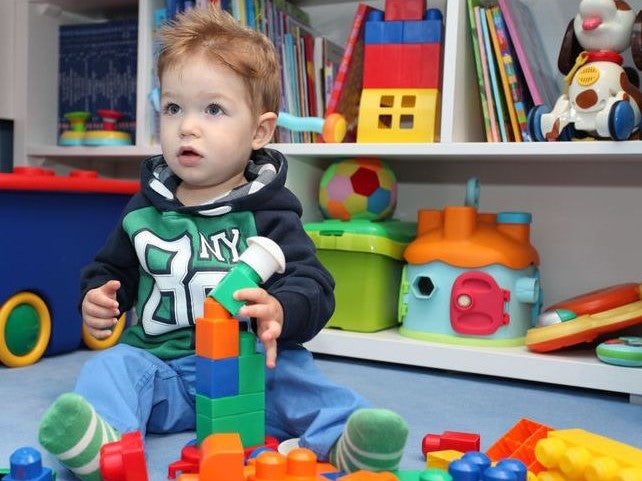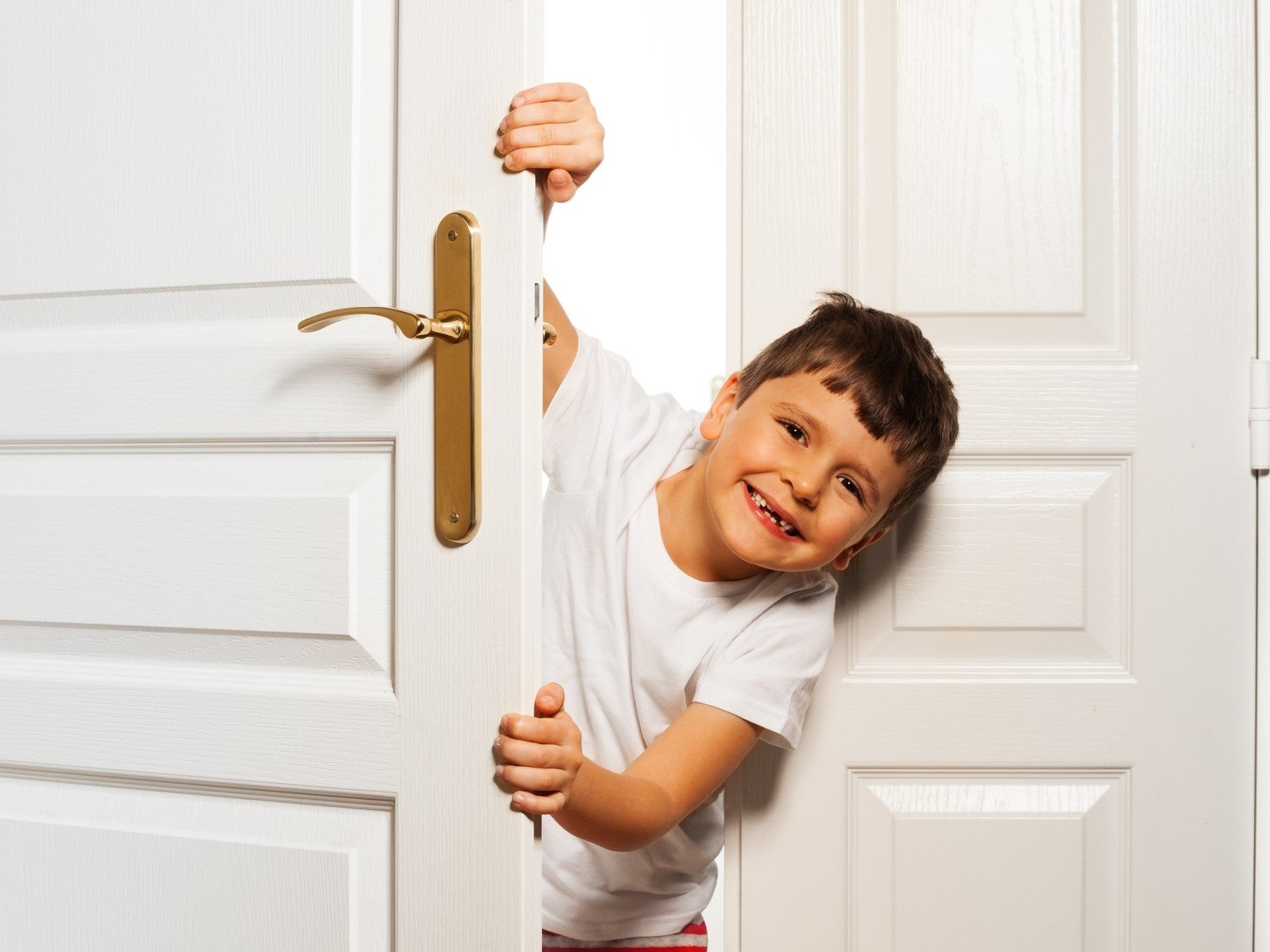
Greetings SLP!
Today’s topic: Organization. There’s therapy-room organization (lowercase) that focuses on ourstuff. Then there’s therapy room ORGANIZATION (uppercase) that focuses on YOU and is designed to SUPPORT YOU. Let me explain….
Organization (lowercase) refers to “order.” Everything is put away, looks neat and uncluttered. Items are grouped with other like-items and labeled in containers and binders, books are in the bookcase, etc. It takes time and effort to get everything in its place. Way to go!
But, I have a question for you: Does your organization serve YOU and enhanceyourefficiency throughout your day?
If yes, you’re one of the exceptional SLPs that’s figured out how to structure your therapy room tosupport what you do. You’ve discovered FUNCTIONAL ORGANIZATION. You, my friend, are to be commended.
If no, following are a few suggestions that focus on organization efficiency to save you time and energy. We all know, seconds accumulate into minutes.
Arrange Your Room to Maximize Your Functions
Every SLP’s therapy room is different, e.g., the size, space, furniture, materials, etc., and every SLP’s preference of physical arrangement is a personal choice. With that said, please apply the following questions and suggestions to your own situation.
Are there things you use frequently in therapy? What are your go-to materials you use across disorders and kids? Your notepad and pencil? Your touch-screen device? A hand-held white board/marker/eraser? A particular game? A timer? A mirror? A specially loved interactive toy? Small, colored blocks? Please take 30 seconds to determine what they are and quickly jot them down so you’ll have your list to refer to when you do something with them.
Are the items on your list easily accessible as you do therapy? Are they all in one place, or in several spots around the room? Do you have to stand and walk around to gather them each time? If you have to move to get your frequently-used items, you have my permission to relocate them and group them into a new category called: “Items-I-use-a-lot-and-need-close-by.” Even though the white-board does not categorically fit with the small, colored blocks put them together anyhow. Group them all on a table/shelf/chair/rolling cart nearby so you can easily access them throughout the day.
What about putting away your therapy items each time? Are the locations reachable by the kids (as opposed to high on a shelf)? Suggestion: At the end of your therapy session, ask the kids to help you put away the therapy-items. Some kids, of course, you’ll have to emphasize that “we’re putting away items,” not pulling them out! Most kids love to help, however. “Cleaning-up and helping” is a good lesson for the kids. And one less thing for you to do; time saved.
Practical Suggestions for Papers & Filing
Touch Each Piece of Paper Once. Paper-pile-up is stressful; avoid it at all costs. If you need to read a page of something, take an extra 30 seconds to finish reading it (or scanning it for the important stuff), then put it in its place:
1. An actionable file,
2. The appropriate file to “store” that piece of paper, or,
3. Toss it.
If you put it on a generic I’ll-get-to-it-later stack, it may get buried, never read, and later you’ll feel guilty for not getting aaaallll the items done in the stack. (Yes, this one is definitely from first-hand experience.)
A New System for Student Files: Please note, I am NOT referring to the files that most of us keep for each child that contains day-to-day therapy information, data, homework and contact info, etc. We typically file them alphabetically.
I am, instead, referring to the files that contain reports, IEPs, and maybe the diagnostics, that most of us keep in our therapy room, in a file cabinet, under lock and key. Every district filing policy is different, so please personalize this info, as well. They are, however, typically filed alphabetically.
But, we always need these files for the annual and three-year reviews (insert whatever term you use for these).
Therefore, for ease of access you may consider the following alternative: File by month, according to the specified meeting dates, instead of alphabetically. Then, when you need to start preparing for next month’s meetings, just reach in and grab all the appropriate files. (I came up with this, because as I was working on them over several weeks, I’d couldn’t leave them out of the file in a stack and I didn’t want to put them back in alphabetically.)
-
You’ll need minimum of 10 hanging file folders (Pendaflex, for example); more, depending on how many kid-files you have.
-
You’ll need another Pendaflex or two to house your new evaluations. When you’ve completed the evaluation, the meetings, and the child and has transitioned into your program, put the file in the appropriate month so you can easily access it next year.
-
Also, you’ll want to type up a list by month that specifies when the kids’ meetings are due, and the type of meeting. You probably already have one of these. Keep this list handy so you can quickly access a file if needed for some other reason.
Have One File for All Meetings, e.g., school staff meetings, grade-level meetings, special-ed meetings, that you can grab and go. Paper clip the minutes/notes of each meeting-type together inside the folder. This makes it easier to later go through and toss the un-needed notes. You’ll never grab the wrong file-folder again as you rush out the door. (This one is also from first-hand experience.)
Have a great--and organized--week!
Char
Leave a comment (all fields required)
Comments will be approved before showing up.

![#71 Telepractice Tips 'n Info (Part 4) [Is my child working or just playing games?]](http://speechdynamics.com/cdn/shop/articles/Game_Pieces_and_Hand_7_x_3_2048x.jpg?v=1605804364)